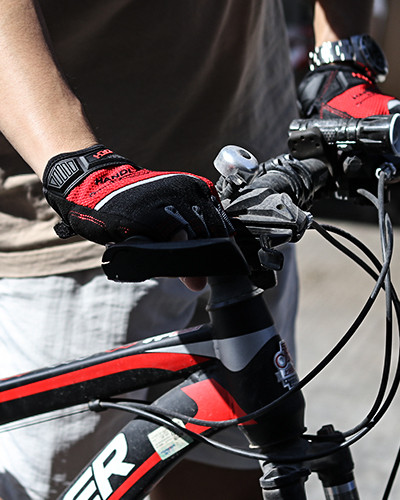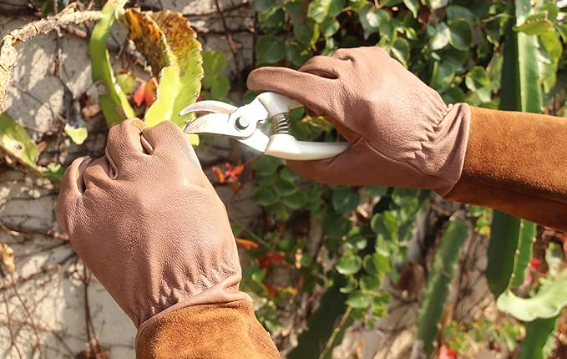The best material for cycling gloves depends on the weather, type of cycling, and personal comfort preferences. Popular options include synthetic fabrics for breathability, leather for durability, and neoprene for cold weather. Choosing the right material ensures comfort, grip, and protection during rides.
1. Synthetic Materials: Lightweight and Breathable
- Polyester and Nylon: These are the most common materials in cycling gloves. They are lightweight, quick-drying, and breathable, making them ideal for warm-weather cycling.
- Elastane (Spandex): Often blended with other fabrics, elastane ensures a snug fit and flexibility, helping gloves move with your hands without restriction.
| Feature | Polyester/Nylon | Elastane |
|---|---|---|
| Weight | Lightweight | Lightweight |
| Breathability | High | Medium |
| Flexibility | Low | High |
2. Leather: Durable and Reliable
- Natural Leather: Offers excellent grip, durability, and a classic feel. Over time, it molds to your hand shape, providing customized comfort. However, it requires maintenance and may not perform well in wet conditions.
- Synthetic Leather: A practical alternative, synthetic leather is more resistant to moisture while offering similar durability and grip. It is also more affordable than natural leather.
3. Padding: Reducing Hand Fatigue
- Gel Padding: Absorbs vibrations effectively, reducing hand fatigue on long rides. It provides better shock absorption for rough terrains.
- Foam Padding: Lighter and thinner than gel, foam padding is better suited for shorter rides or cyclists who prefer minimal padding.
4. Mesh and Ventilation: Staying Cool
- Mesh panels are commonly used in cycling gloves to enhance airflow. These ensure your hands stay cool and dry, even during intense rides.
5. Weather-Specific Materials
- Neoprene: Best for cold-weather cycling, neoprene provides insulation and is water-resistant. It’s a go-to material for wet and chilly conditions.
- Fleece: Provides warmth in extreme winter conditions but lacks breathability, making it suitable only for very cold environments.
| Material | Best For | Limitations |
|---|---|---|
| Neoprene | Wet, cold weather | Limited breathability |
| Fleece | Extreme winter conditions | Heavy and less breathable |
Conclusion
The best material for cycling gloves varies based on your needs: polyester and nylon for lightweight performance, leather for durability and grip, and neoprene for cold-weather protection. Selecting the right material ensures comfort, safety, and a better cycling experience. Whether you’re riding in warm weather or braving the cold, there’s a perfect pair of gloves for you.









